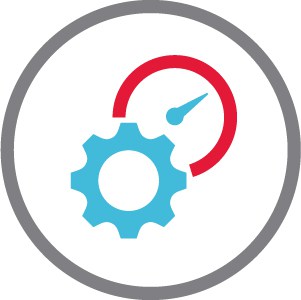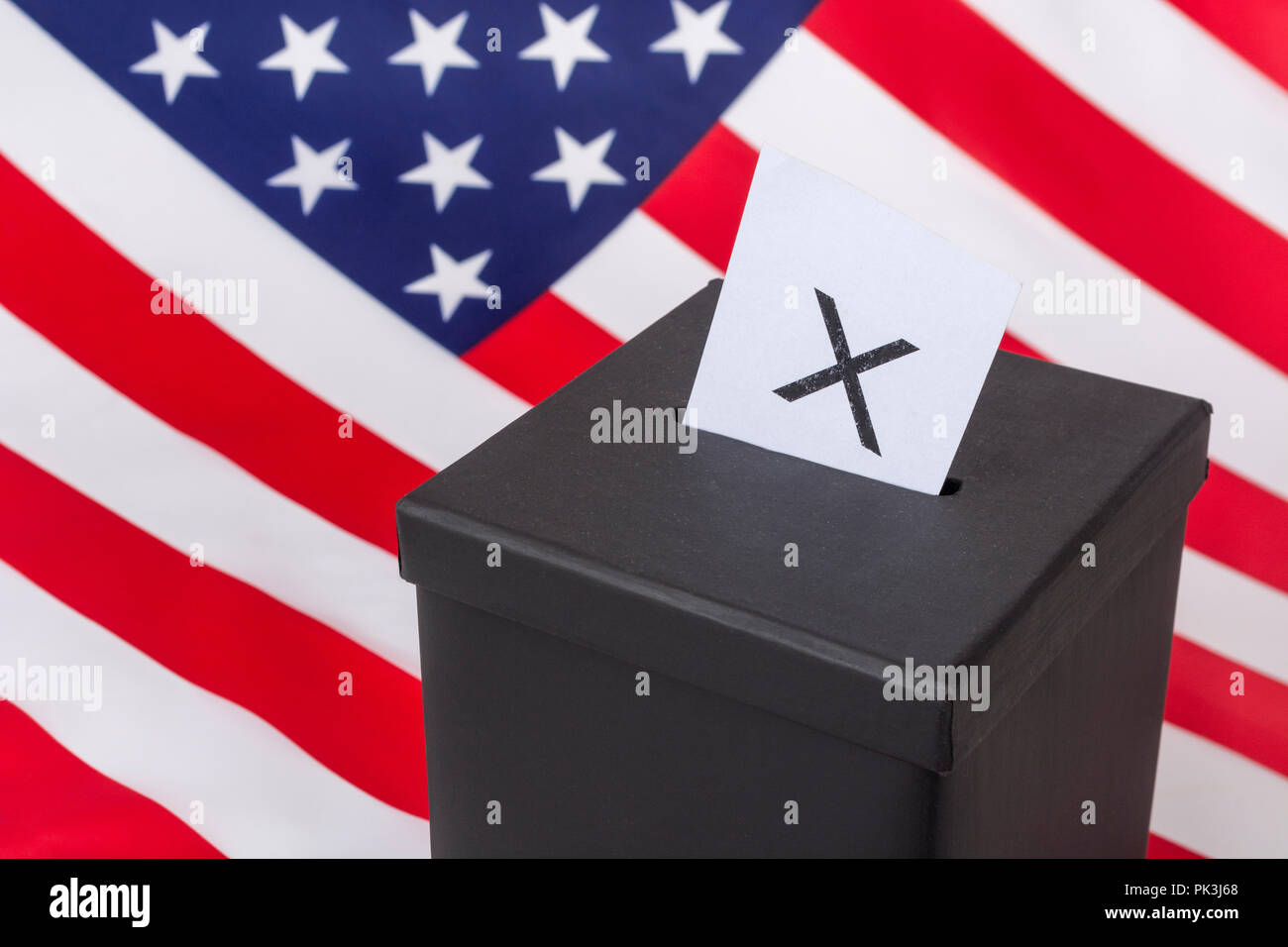


#Imagecast precinct bmd series
“Signal Loss” and advertising privacy on Facebookįive-part series on ballot-level comparison audits: It’s still practically impossible to secure your computer (or voting machine) against attackers with physical accessĪnother 2020 lawsuit over internet voting Internet Voting is Still Inherently Insecure Georgia’s election certification avoided an even worse nightmare that’s just waiting to happen next timeĮxpert analysis of Antrim County, Michigan Is Internet Voting Secure? The Science and the Policy Battles Articles on Freedom-to-Tinker, 2021 ESS voting machine company sends threats Switzerland’s E-voting: The Threat Model Magical thinking about Ballot-Marking-Device contingency plans.What the Assessments Say About the Swiss E-voting System.How the Swiss Post E-voting system addresses client-side vulnerabilities.How NOT to Assess an E-voting System, by Vanessa Teague.
#Imagecast precinct bmd pdf
( Non-paywall version, differs in formatting and pagination earlier versions appeared on SSRN.) Articles on Freedom-to-Tinker, 2022 ES&S Uses Undergraduate Project to Lobby New York Legislature on Risky Voting MachinesĪ PDF File Is Not Paper, So PDF Ballots Cannot Be Verifiedįive-part series on the Swiss e-voting system: Georgetown Law Technology Review, volume 4, pages 523-541, 2020.īallot-Marking Devices Cannot Assure the Will of the Voters, by Andrew W. University of New Hampshire Law Review, to appear 2023.Įvidence-Based Elections: Create a Meaningful Paper Trail, then Audit, by Andrew W. Is Internet Voting Trustworthy? The Science and the Policy Battles, by Andrew W. Other voters cannot scan ballots while a BMD voter is reviewing their ballots.Andrew Appel's studies of voting technology Andrew W. However, if a BMD user wants to verify their ballot, it must be placed in the scanner slot. What to Look For 1 A voter can use the BMD at the same time that other voters are scanning ballots. When the polls close, the ImageCast's prints out the precinct’s vote report on rolled paper on the internal thermal printer. As votes are scanned, the ImageCast stores the vote tallies on its internal memory card. If an overvote or ambiguous marks that cannot be interpreted are detected, the voter is alerted and given an opportunity to return and correct the ballot. Upon entering the voting precinct, the voter receives a paper ballot the voter then shades in the ovals or squares paper ballot with a pen and finally inserts the ballot into the ImageCast scanner. Detailed Voting Process: The ImageCast functions much like a traditional paper ballot system. When the polls close, the ImageCast prints out the race results and other information on a paper tape.

There are two buttons, a square red button labeled "Return" and a oval green button labeled "Cast" that the voter uses to instruct the machine to return or cast ballots with errors, such as overvotes or ambiguous marks. 1 The ImageCast has a small LCD display screen to provide voters with feedback such as an overvote warning. In BMD/scanner version, one voter can use the Ballot Marking Device while others use the scanner on the other side of the machine. One model is a standard optical scanner, the other incorporates a Ballot Marking Device on the same machine and facing in the opposite direction from the scanner. Brief Description: The ImageCast is a precinct-based, paper ballot scanner and vote tabulator. Electronic Voting Machine Information Sheet Dominion ImageCast Optical Scan System Name/Model: Dominion ImageCast Optical Scan System Maker: Dominion Voting (Canada) Voter-Verifiable Paper Trail Capability: Uses paper ballots ImageCast scanner ImageCast scanner and BMD combo ImageCast front showing ballot slot, user buttons, display screen, and paper tape.


 0 kommentar(er)
0 kommentar(er)
